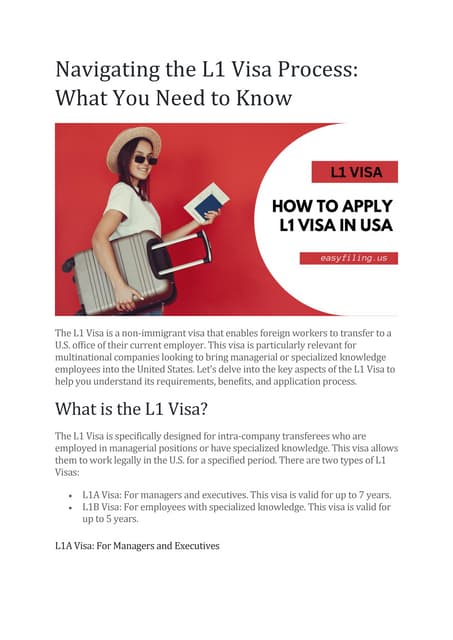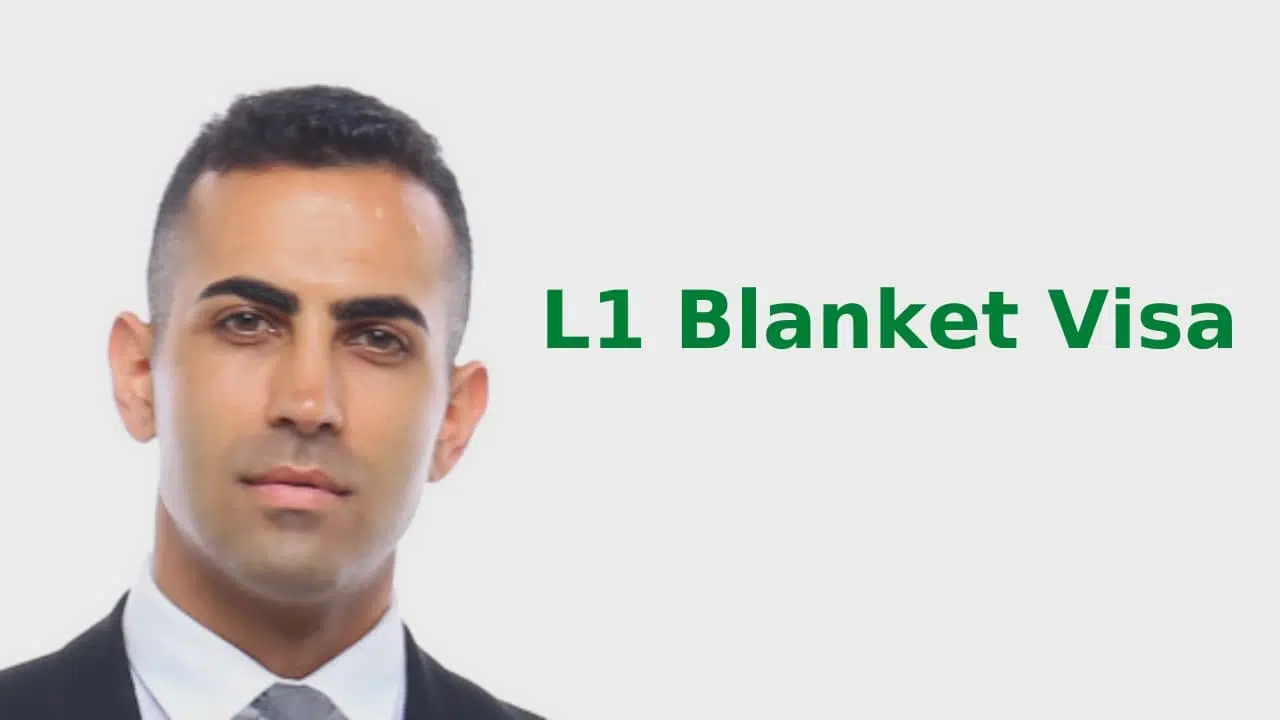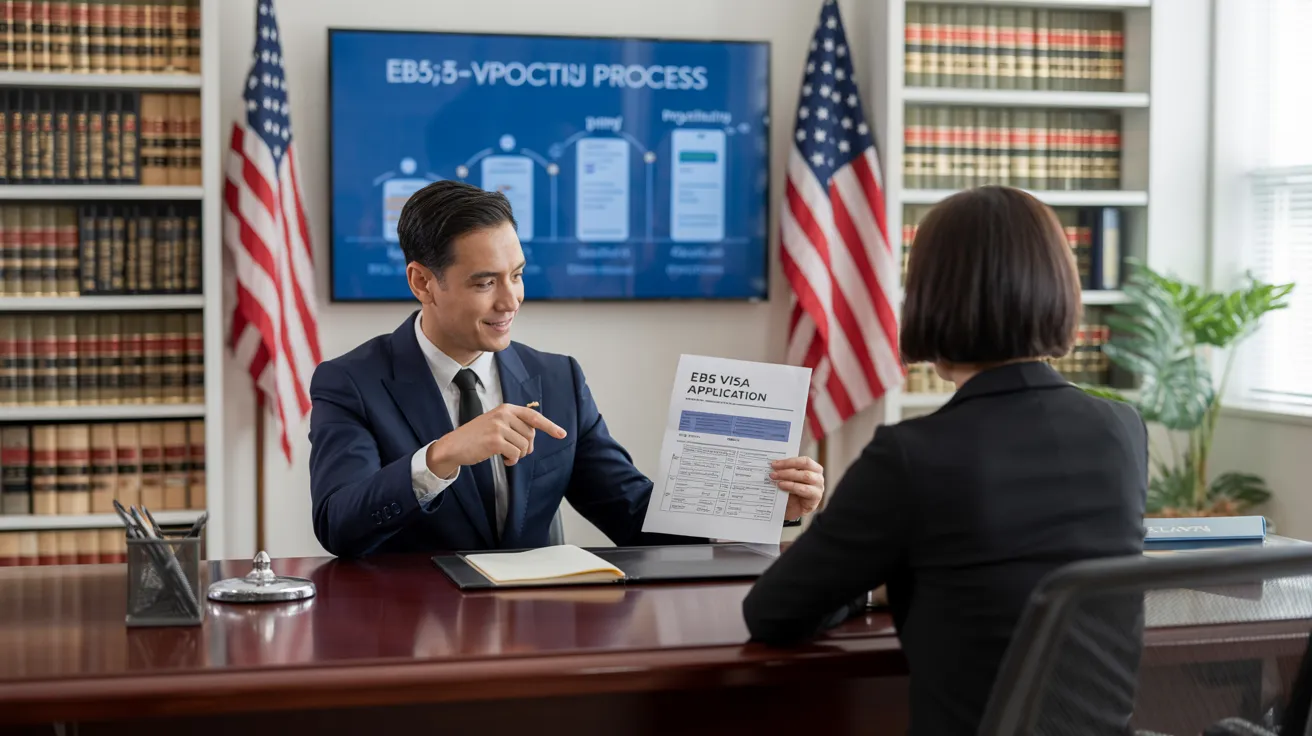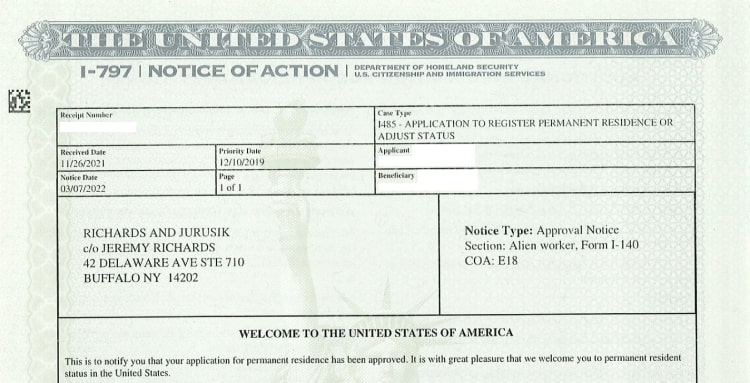The Of L1 Visa
Table of ContentsL1 Visa Fundamentals ExplainedThe Ultimate Guide To L1 VisaGetting The L1 copyright WorkThe Best Strategy To Use For L1 VisaThe Best Strategy To Use For L1 VisaHow L1 Visa can Save You Time, Stress, and Money.
Offered from ProQuest Dissertations & Theses International; Social Science Premium Collection. DHS Office of the Inspector General. Gotten 2023-03-26.
United State Division of State. Gotten 22 August 2016. "Employees paid $1.21 an hour to set up Fremont technology company's computer systems". The Mercury News. 2014-10-22. Fetched 2023-02-08. Costa, Daniel (November 11, 2014). "Little-known temporary visas for international technology workers depress incomes". Capital. Tamen, Joan Fleischer (August 10, 2013). "Visa Holders Change Employees".
Not known Facts About L1 Visa
In order to be eligible for the L-1 visa, the foreign company abroad where the Beneficiary was utilized and the U.S. company should have a qualifying partnership at the time of the transfer. The various types of qualifying relationships are: 1. Parent-Subsidiary: The Parent indicates a company, firm, or other legal entity which has subsidiaries that it owns and manages."Subsidiary" means a firm, company, or other legal entity of which a parent has, directly or indirectly, greater than 50% of the entity, OR possesses much less than 50% yet has administration control of the entity.
Instance 1: Business A is integrated in France and uses the Recipient. Business B is incorporated in the united state and wishes to seek the Beneficiary. Firm A has 100% of the shares of Company B.Company A is the Moms And Dad and Business B is a subsidiary. There is a certifying connection in between the two firms and Company B must be able to sponsor the Beneficiary.
Instance 2: Firm A is incorporated in the united state and desires to request the Recipient. Firm B is integrated in Indonesia and uses the Beneficiary. Business A possesses 40% of Company B. The staying 60% is possessed and controlled by Company C, which has no connection to Firm A.Since Company A and B do not have a parent-subsidiary connection, Firm A can not fund the Recipient for L-1.
Company An owns 40% of Company B. The continuing to be 60% is had by Firm C, which has no connection to Business A. Nonetheless, Company A, by official contract, controls and full manages Company B.Since Business A possesses less than 50% of Firm B but manages and manages the business, there is a certifying parent-subsidiary connection and Company A can fund the Recipient for L-1.
See This Report on L1 Visa
Firm B is incorporated in the United state
The Best Strategy To Use For L1 Visa

The L-1 visa is an employment-based visa group developed by Congress in 1970, enabling multinational firms to move their managers, executives, or essential personnel to their U.S. operations. It is generally described as the intracompany transferee visa. L1 Visa requirements There are two main types of L-1 visas: L-1A and L-1B. These kinds are appropriate for workers hired in various placements within a business.

Furthermore, the recipient should have functioned in a managerial, exec, or specialized employee placement for one year within the three years coming before the L-1A application in the international company. For new workplace applications, foreign work needs to have been in a supervisory or executive capability if the beneficiary is involving the United States to work as a supervisor or exec.
L1 Visa - Truths

If granted for an U.S. business functional for greater than one year, the first L-1B visa is for approximately three years and can be expanded for an extra 2 years (L1 Visa). Conversely, if the united state company is recently developed or has been functional for less than one year, the first L-1B visa is issued for one year, with expansions readily available in two-year increments
The L-1 visa is an employment-based visa group established by Congress in 1970, enabling international companies to move their managers, execs, or essential employees to their united state operations. It is typically described as the intracompany transferee visa. There are 2 major kinds of L-1 visas: L-1A and L-1B. These types appropriate for employees worked with in different placements within a firm.
L1 Visa Fundamentals Explained
Furthermore, the recipient needs to have worked in a managerial, executive, or specialized employee position for one year within the 3 years coming before the L-1A application in the international firm. For new office applications, foreign employment needs to have remained in a managerial or executive capacity if the recipient is concerning the United States to function as a manager or executive.
for up to seven years to supervise the operations of the united state associate as an executive or supervisor. If provided for an U.S. firm that has been functional for even more than one year, the L-1A visa is initially provided for as much as three years and can be prolonged in two-year increments.
If given for a united state company functional for greater than one year, the first L-1B visa is for find out more as much as three years and can be expanded for an extra 2 years. On the other hand, if the U.S. firm is newly developed or has been operational for much less than one year, the preliminary L-1B visa is issued L1 Visa attorney for one year, with expansions available in two-year increments.